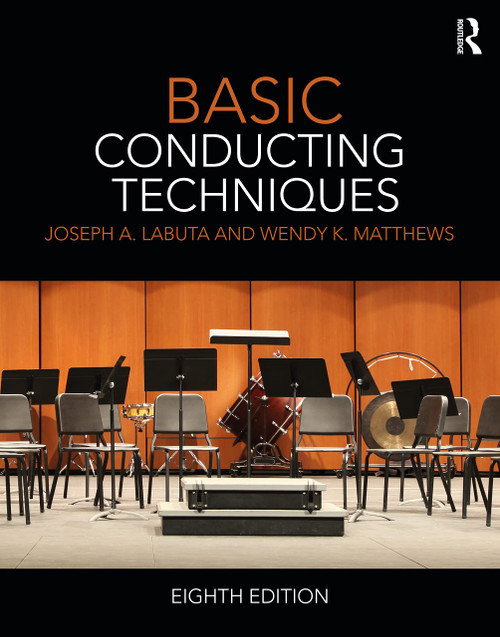This is the most complete resource on the techniques, equipment, principles, and practices of animal cell culture.
Since publication of the previous edition of this benchmark text, numerous types of equipment and materials have changed and new specialized techniques have been developed, particularly in the area of stem cell research and tissue engineering. These and other developments have been incorporated into this rigorously revised and expanded sixth edition of Culture of Animal Cells, the leading text in the basic methodology of cell culture.
This authoritative volume offers a complete background related to growth of animal cells in culture. It contains many specialized protocols and advice on how to apply some of the basic protocols to teaching cell culture. Beginning with laboratory design, safety, validation, and bioethics, then continuing with preparation of media, primary culture, and cell lines through to characterization and authentication, contamination, specialized techniques, and troubleshooting, the unparalleled coverage includes:
An all-new section addressing the additional caution required once a primary culture is converted to a cell line
Differentiation in stem cells and reprogramming of adult cells to form stem cells
A new section and protocol on cryopreservation by vitrification
Separate sections dealing with epithelial cells, mesenchymal cells, neurectodermal cells, and hematopoietic cells, a new chapter on germs cells/stemcells/amniocytes
A new section on organotypic culture
Increased emphasis on contamination and misidentification (including cross-contamination) with revised protocols for detection and elimination
A problem-solving chapter, glossary of terms, advice on sourcing materials, and list of suppliers
This landmark text presents the most accessible and comprehensive introduction available to the culture and experimental manipulation of animal cells and is indispensable for those in the field, including clinical and biopharmaceutical researchers and scientists, graduate students, laboratory managers in cell and molecular biology labs and genetics labs, trainees, and technicians.
Q&A with Author R. Ian Freshney, PhD.
 |
Culture of Animal Cells: A Manual of Basic Technique and Specialized Application, 6th Ed has been very well received by the scientific community, as have many of your other titles. What do you think sets your books apart and makes them so successful compared to other titles in the field?
I would say there are three major components: (1) The books are designed as practical guides with detailed single-step instructions which should be sufficient without further recourse to the literature. (2) The preparation and sources of materials are explained in detail. (3) Most of the basic protocols are illustrated with easy-to-follow diagrams.
What challenges did you face while putting together Culture of Animal Cells: A Manual of Basic Technique and Specialized Applications, 6th Edition?
I struggled with the need to update but at the same time preserve basic procedures which have not changed markedly from the previous edition. This, of course, led to the dilemma of deciding what to retain and what to leave out. I also thought long and hard about what specialized protocols to add without compromising the basic technique role of the book.
What do you find rewarding about authoring and editing books in the sciences?
It forces me to keep up-to-date with developments in cell culture, and in turn helps me to be a better teacher of cell culture. I also get satisfaction from converting what are sometimes complex instructions into one simple straightforward procedure.
What inspired you to write your first book?
I was invited to prepare a textbook on cell culture for a college course. Previously, I had used John Pauls book, Cell and Tissue Culture, and knew it needed to be updated.
What advice would you offer to scientists writing or editing their first book?
- Determine the precise niche that you wish to fill.
- Plan the structure carefully beforehand but do not be afraid to deviate, within reason, to meet new demands.
- Ensure the text is well illustrated with tables and diagrams.
- Make sure the book is properly cross-referenced.
- Prepare the index yourself. Even if it is to be professionally indexed you will find terms that the indexer does not.
How would you compare the experiences of writing a book and writing a journal article?
Both require a clear concise style, but the author has more freedom to express ideas and opinions when writing a book. Another major difference is that a scientific paper must address a specific topic and provide proof to substantiate the conclusions that are drawn, while a book draws on the authors and other scientists experience to provide a more general review and specific guidelines or instructions.
Do you find that the role of books in the scientific research community has changed over the years? Are they valued more or less today than they were 10-20 years ago?
Rapid changes in technology mean that some books will become outdated without regular updates, which are not always feasible in printed copy. Yet, while there is an increasing tendency to provide instructions and protocols online, many people will still find reassurance from using a textbook with an established reputation.
How do you envision the evolution of science writing over the next 5-10 years?
Certain journals will still tend to be regarded as more reliable than others, as indicated by their citation indices. However, the number of free public access journals will probably increase, presumably with payment to submit articles. There will be a continuing need for editorial control of journal content due to the proliferation of unedited, non-reviewed material appearing online.
What do you feel has been the most significant scientific discovery that has been made during your lifetime?
I can really only speak for biology where the elaboration of the genetic code is probably the most significant development. The ability to regulate gene expression and the resultant plasticity of the cell phenotype will create major opportunities in cell culture and its relevance to tissue in vivo.
What are you reading right now?
This questionnaire! Otherwise, mostly novels and current journals for which I have alerts.












